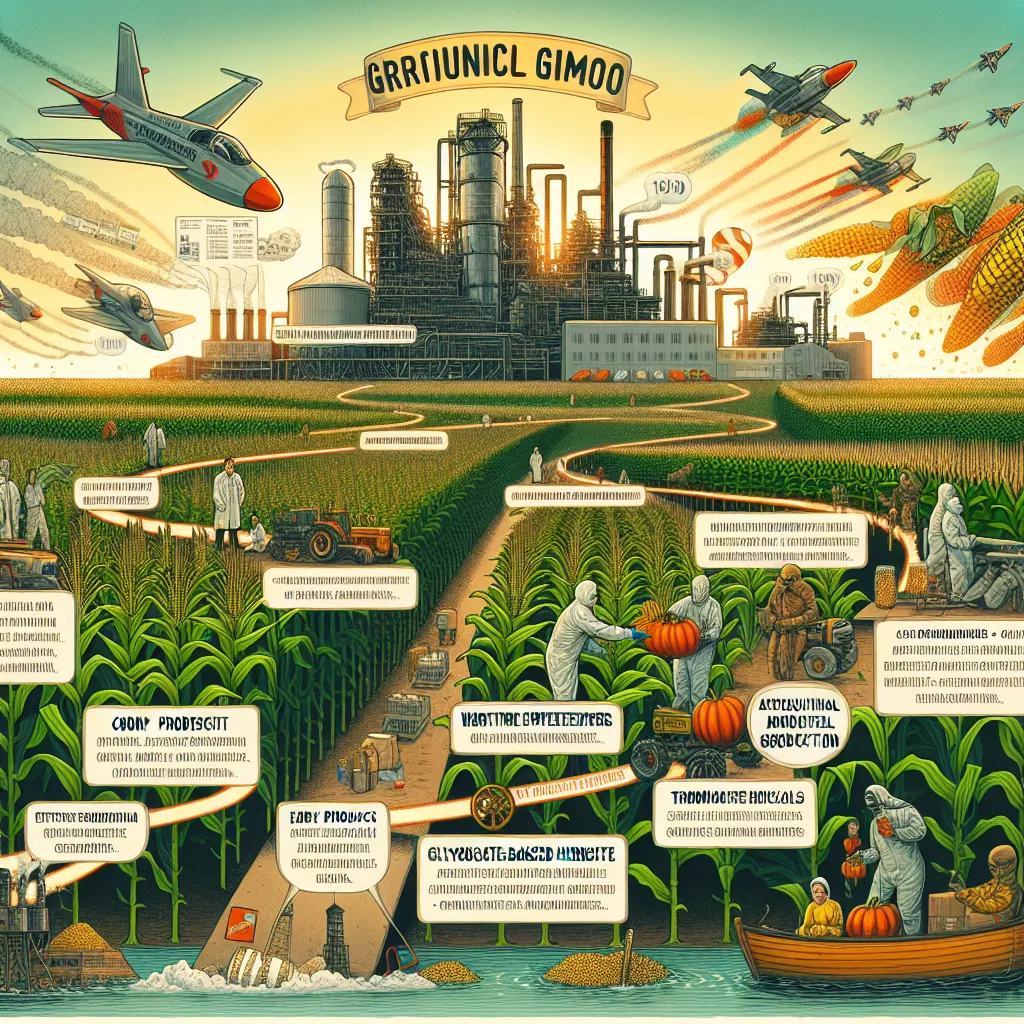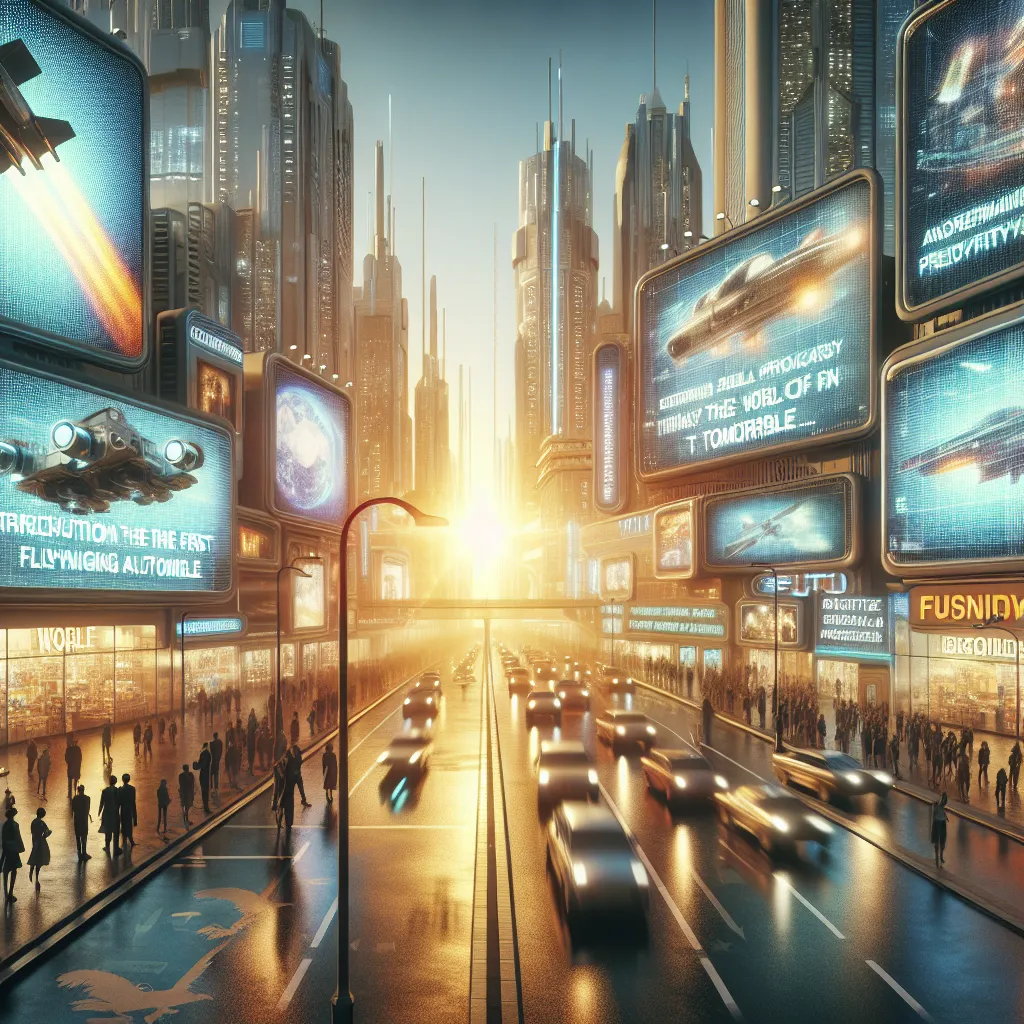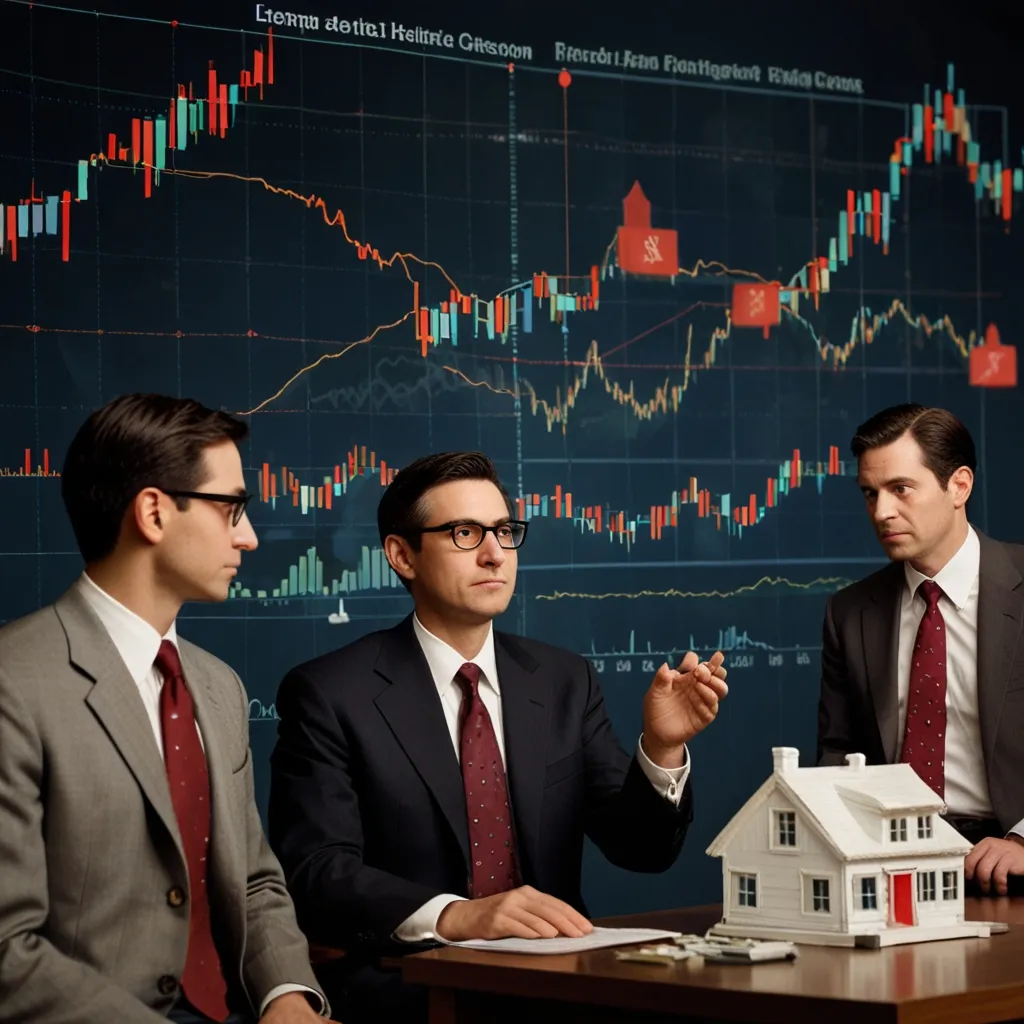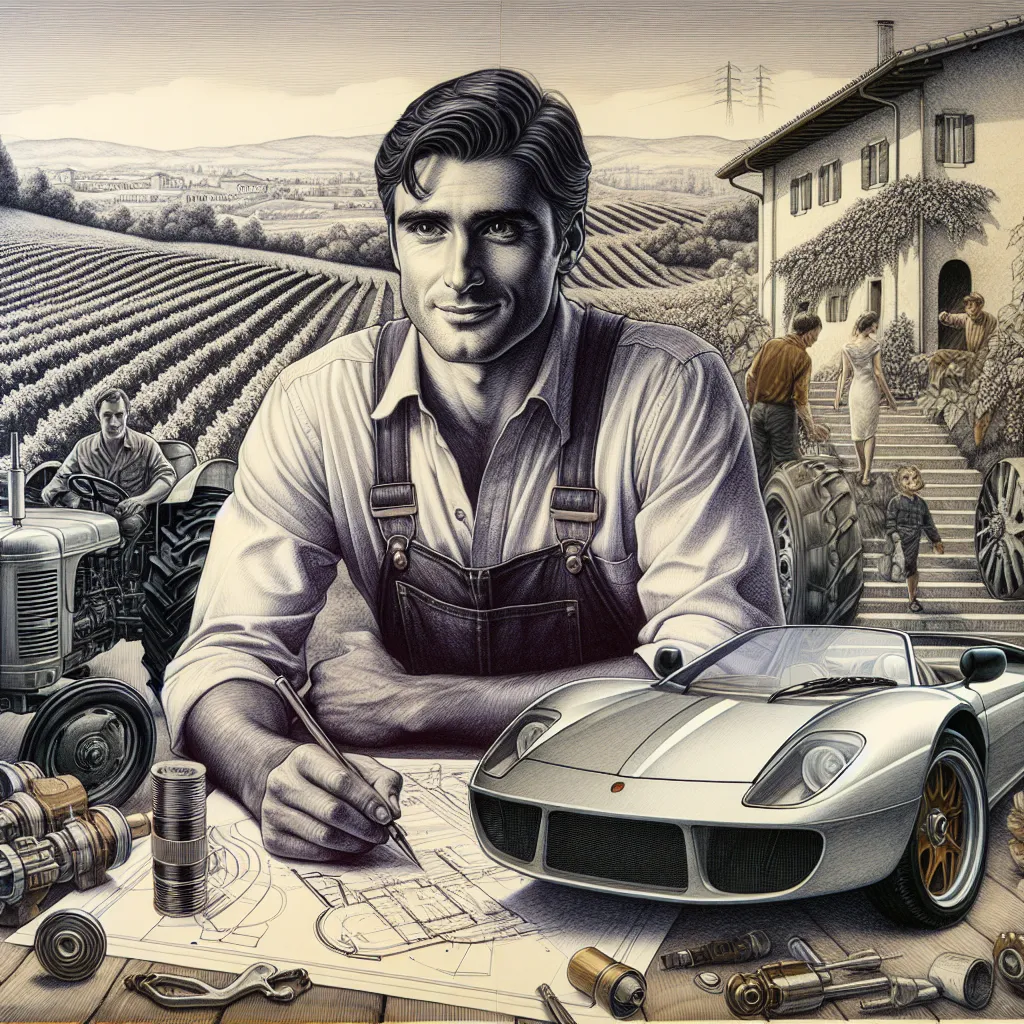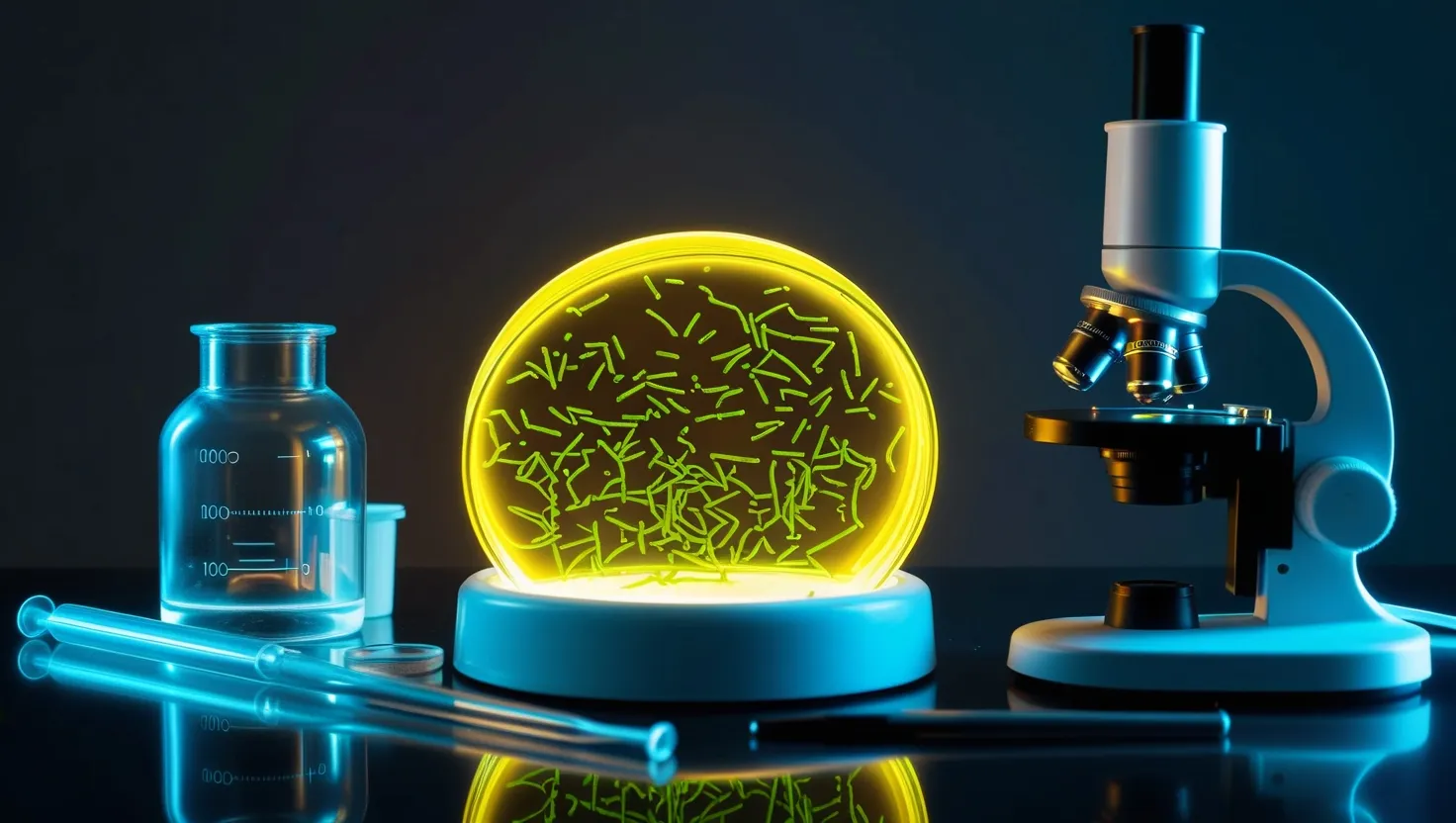Genetically modified organisms, or GMOs, have stirred up quite a bit of controversy since they first came onto the scene. Nowadays, they’re a hot topic for social media debates, but make no mistake, GMOs genuinely matter. They touch everyone’s lives, especially in the U.S. where corn takes the crown as the most produced crop. In 2014 alone, the country saw over 361 million tons of corn, which is more than all other crops combined. That corn isn’t just for food—it’s in products like Coke, milk, toothpaste, aspirin, and even varnish. Plus, it’s the top feed for animals. With 85% of U.S. corn being genetically modified, it’s clear GMOs are everywhere.
Now, let’s talk about the company where it all began: Monsanto, the giant seed company. Monsanto started out as a chemical company back in 1901, founded by John Francis Queeny. John had a tough start, losing his home to the Great Chicago Fire of 1871 when he was just 12. He had to quit school and start working full-time. But he worked his way up through the pharmaceutical industry and eventually founded Monsanto, naming it after his wife, Olga Monsanto.
Monsanto’s first big product was saccharin, an artificial sweetener. Although common now, hardly anyone had heard of it in the early 1900s. They were the first U.S. producer, and one of their earliest customers was Coca-Cola, which still uses saccharin in its Diet Cokes. By 1905, Monsanto was also producing vanillin and coumarin, previously dominated by Germany.
Monsanto’s revenue didn’t skyrocket until World War I cut off German imports, leaving a gap in the market that Monsanto quickly filled. Their earnings soared from $81,000 in 1913 to $905,000 in 1919. This success propelled Monsanto into the major leagues of U.S. chemical companies and led to their first international step by acquiring a Welsh chemical manufacturer.
In the 1920s, Monsanto expanded into industrial chemicals, creating polychlorinated biphenyls (PCBs), which later proved to be very toxic and environmentally harmful. Though Congress banned PCBs in 1979, leaked documents revealed Monsanto knew of their toxicity long before. The town of Sauget, Illinois (once called Monsanto), was incorporated by the company to bypass environmental laws for PCB production.
By World War II, Monsanto was the go-to chemical supplier for the U.S. military, even contributing to the Manhattan Project. Post-war, they shifted to agriculture, developing pesticides like DDT and the infamous Agent Orange, which had devastating environmental and human health impacts.
Monsanto also made strides in technology, being the first company to mass-produce LED lights in the early 1970s. However, growing legal and environmental issues pushed Monsanto to pivot toward agricultural biotechnology in the 1980s. They achieved a monumental breakthrough in 1983 by genetically modifying plants.
The development of glyphosate, branded as Roundup, was a game-changer. Paired with Monsanto’s GMO crops resistant to Roundup, it revolutionized farming practices by allowing denser planting and reducing the need for tilling. Roundup’s success turned Monsanto into an agricultural titan.
Monsanto’s dominance in GMOs continued with strict regulations on their patented seeds, preventing farmers from replanting or sharing them. This locked in Monsanto’s revenue and expanded their control.
Attempting to shed its tarnished image, Monsanto spun off its chemical business into a new company, Solutia, in 1997. Despite this, Monsanto couldn’t escape its controversial past. Yet, the company thrived, posting $15 billion in revenue recently, half from Roundup and GMO seeds.
Amid all this, Bayer, a German pharmaceutical giant, sought to acquire Monsanto for $66 billion. Though pending approval, the merger’s 50% odds reflect how entrenched Monsanto’s products are in modern agriculture. Despite public outcry, it seems Monsanto and its legacy are here to stay.
I hope this reimagined look at Monsanto was insightful. Despite the contentious history, understanding their journey highlights why they remain a pivotal player in global agriculture. Stay informed and curious!
